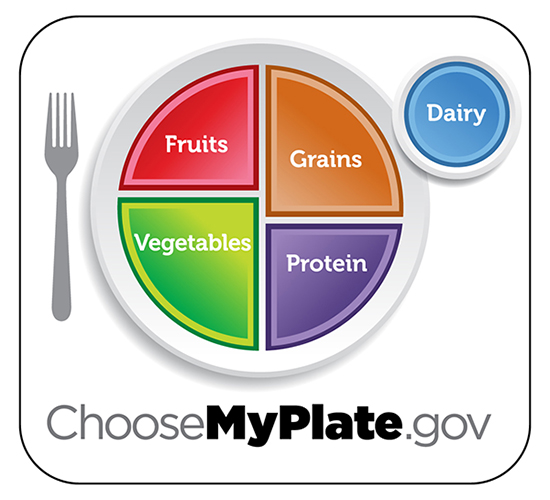Food choices can help lower your cholesterol

Your food choices may be some of the most powerful weapons you have in the fight against heart disease. However, there are a lot of foods that claim to be healthy that may not really be the best for you heart.
To schedule an evaluation with one of our cardiologists, call 800.922.0000.
What if we tried to simplify eating?
This would take one thing off your “plate” of daily duties and have a positive influence on establishing healthy habits. Eating for heart health is, simply put, the same as eating for overall health. There is no need to make things complicated – just eat the basic food groups in the right amounts and combinations each day while limiting more complex processed foods.
Heart healthy eating can be summed up with a few overall guidelines:
- Aim to have a balanced diet with plenty of fruits, vegetables, whole grains, and lean protein sources.
- Strive to achieve and maintain a healthy weight.
- Try to choose heart healthy unsaturated fats, and limit both saturated fats and trans fats. Think about having more plant-based or vegetarian meals using soy foods or beans for protein.
- Choose whole, unprocessed foods to limit how much salt (or sodium) you eat.
- Limit how much you eat of refined carbohydrates like sugar, desserts and drinks sweetened with sugar.
- If you drink alcohol, drink it in moderation: one serving per day at most for women and two servings per day at most for men (One serving is equal to 5 ounces of wine, 1.5 ounces of liquor or 12 ounces of beer)
Which fats are heart healthy?
Saturated fats are not healthy for the heart. These are the kind of fats found in animal items like fatty cuts of red meat with more marbling and white fat, whole fat milk products and butter. Trying to pick cuts of red meat with less white fat, eating chicken without the skin, drinking skim or 1% milk instead of whole milk and choosing whipped or reduced fat tub butter can be easy ways to cut down on saturated fats.
Trans fat is another type of fat that is bad for the heart. These are a man made types of fat that can be found in shortening, stick margarine, baked goods, some fried foods and any food in a package made with hydrogenated oil. Look at the ingredients list to see whether hydrogenated oil or partially hydrogenated oil is listed. If it is, that means that there is trans fat in it.
Unsaturated fat that is polyunsaturated or monounsaturated can be helpful to the heart. Some sources of these healthy fats are nuts, vegetable oils like olive oil and canola oil, certain kinds of fish that aren’t breaded or fried like salmon and tuna and avocadoes.
The easiest way to choose food for the foundation of your diet is to use MyPlate
The MyPlate illustration created by the USDA helps you plan a healthy meal without getting caught up in numbers.

Let’s simplify again. This is a visual showing a balanced meal consisting of ½ plate of fruits and vegetables, ½ plate of grains and protein foods and an added serving of dairy. Each group has further recommendations for choices that are nutrient dense, low fat and high fiber:
- Fruits and vegetables – Choose whole foods over juices and vary the color to get the most nutritional value. Try to “eat the rainbow” when it comes to these types of foods. Fresh and frozen fruits and vegetables tend to be the healthiest for your heart
- Protein – Examples of protein include meats and eggs. Choose low fat options that have less saturated fat. Also, consider increasing plant-based protein foods such as beans and soy products to increase fiber and decrease fat
- Grains – Examples of grains include breads, pasta and rice. Make at least ½ of your grain choices “whole” to increase nutrients and fiber. Items made with whole grains such as wheat, oats, barley or corn are less processed, leaving them higher in fiber and B vitamins. Always look for the word “whole” along with the first ingredient on the ingredients list
- Dairy – Examples of dairy include milk, cheese and yogurt. Since dairy is an animal product, whole fat dairy foods tend to be high in saturated fat. To decrease the amount of saturated fat, choose fat-free foods. These lower fat options have the same amount of important nutrients like vitamin D and protein that are in higher fat options like whole fat milk
-
When using the plate illustration, a heart healthy meal can be on the table in a matter of minutes. Think carrots and celery sticks, tuna, whole wheat bread, yogurt and berries. Or, broccoli, chicken breast, whole grain pasta, strawberry slices and skim milk. With minimal thought, preparation or expense, you can have a meal that will provide for all of your basic nutrient needs without increasing your risk of heart disease. Simple, right?
Combining your food choices with regular physical activity and striving to reach and maintain a healthy weight for your height can make you a winner in the fight against heart disease. All the power you need is on the table right in front of you!







